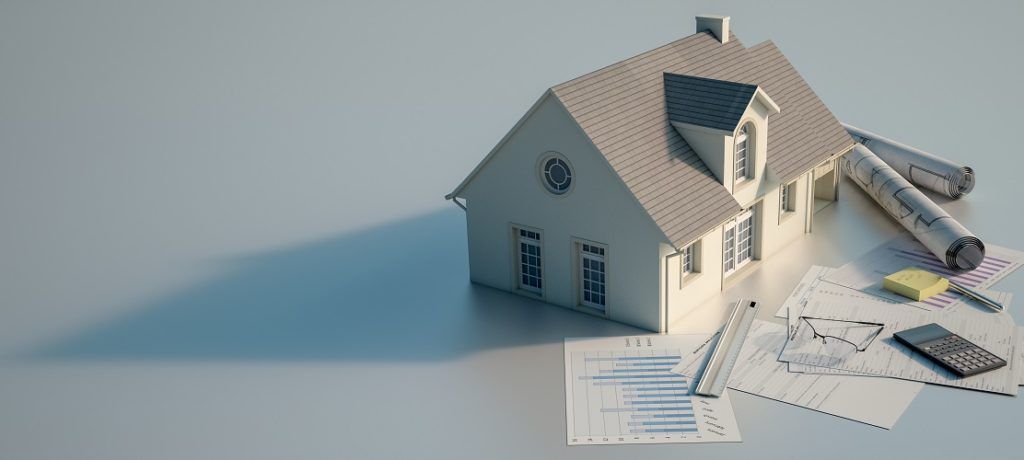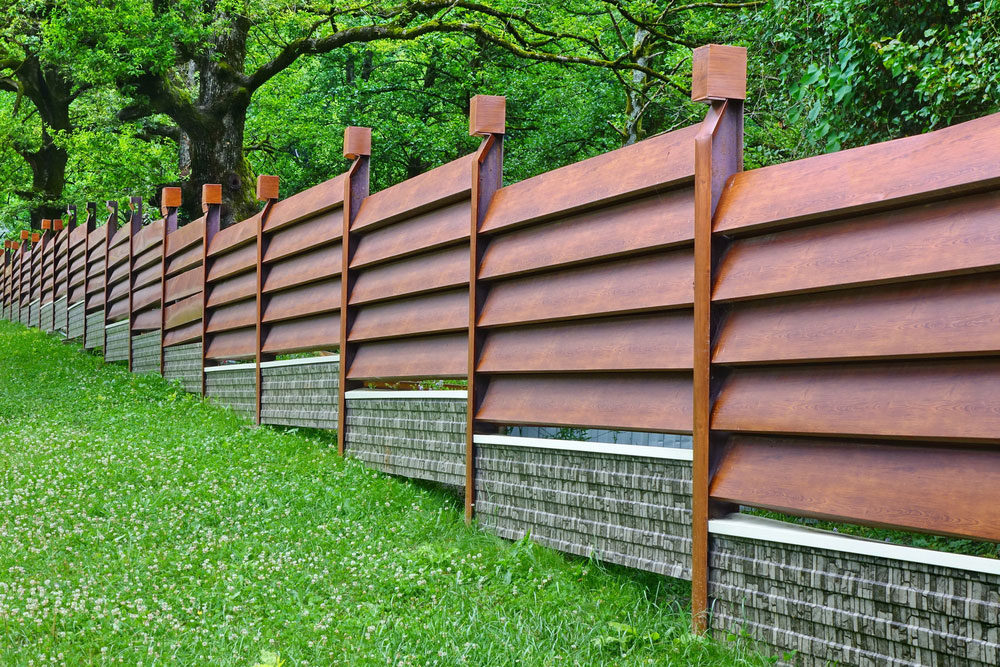The Real Estate Investor’s Guide to Raw Land
When you speak with seasoned real estate investors you often find that a large percentage of them do not ever invest in raw land. Typically newer real estate investors purchase single family homes to flip, rent out, or sell wholesale to a rehabber. Those investors who have been in the business for a longer time often have ventured out into dealing in multi-family homes and apartment buildings to help beef up their investment portfolio. However, investing in raw land can be very profitable if you do it correctly.
In the past, most real estate investors shied away from raw land because there are no federal income tax deductions available for it, raw land generally doesn’t generate any income during the time you are holding it, development of the land requires navigating the permit process, and raw land can often take many years to sell which makes it a very illiquid investment.
Despite the negative issues which can accompany investment in raw land, there are many times where investment in raw land can be very profitable. For example, if you choose to invest in land located in an area with a lot of future growth potential and you can afford to hold on to it for a few years. By doing this you can place yourself in the position of being the owner of land that is very much desirable to developers and thus can fetch a nice price if you agree to sell it to them at some later date.
Another popular way to make a lot of money with land, and not have to hold on to it for such a long time, is to purchase a large parcel of land and then subdivide it into smaller parcels which can then be sold. Most people on the market for raw land are looking for places they can use to build a home or farm on. If you are able to purchase a very large parcel of land, much bigger than most people are looking for, and then split it up and sell it in parts, you can command a much higher price per acre for the same land that you purchased for a much more reasonable price because of its sheer size.
As you can see, it is very possible, and a smart move, to invest in raw land to increase the value of your portfolio. If you can discern where growth and building will happen in the next few years then buying and holding property in that area can be a great thing to do. However, you also always have the option of purchasing larger parcels of land and then subdividing them for individual sale at a higher per acre cost. Whichever option you choose, as long as you are careful and knowledgeable about the area you purchase the land in, you should make money.



